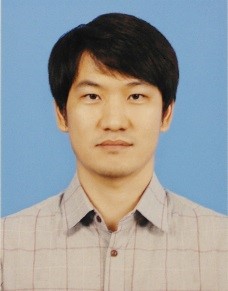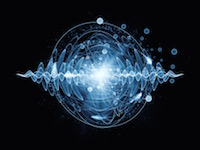
- Speaker: Dr. Chang-Woo Lee (KIAS)
- Date: Wednesday, February 21, 2018, at 17:00
- Place: Jungho Seminar
Bistability is an intriguing dynamical feature ubiquitous in various systems with energy scale ranging from low (condensed matter, chemical, biological) to high (QED/QCD). It has been studied for many decades in a variety of (quantum-mechanical as well as classical) platforms theoretically/experimentally and is still an active field to date. In many situations, the switching between two stable fixed points is induced by thermal or non-equilibrium noise, and occurs as a very rare escape event compared to the characteristic time scales of a system; therefore, its dynamical behavior is inherently non-perturbative. In quantum optical setting, it is studied traditionally using Fokker-Planck equation or stochastic differential equation frameworks. Though agreements between numerical simulation and experimental observation are remarkable, a faithful analytical interpretation—particularly for the switching rate and phase interference—is still missing. In this study, we apply non-equilibrium functional integral approach (in Keldysh form) to a nonlinear Jaynes-Cummings model to get (semi-) analytical expressions for the aforementioned observables. It is expected that this approach would help to gain semi-classical insight into some recent quantum-optics experiments which were performed on circuit QED platform.
